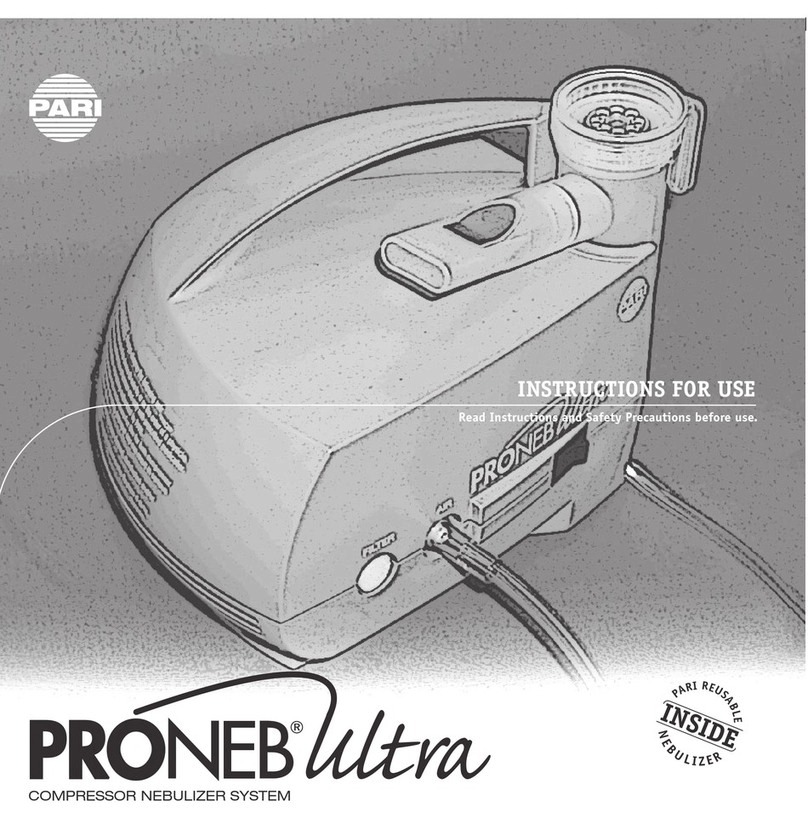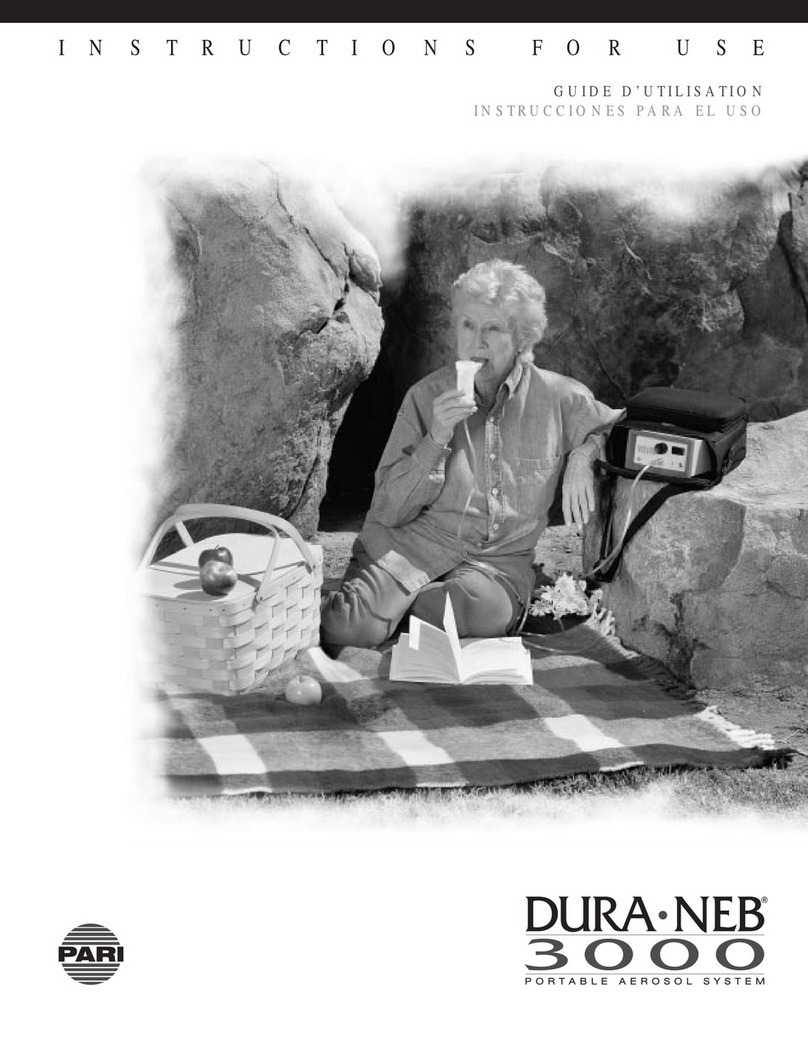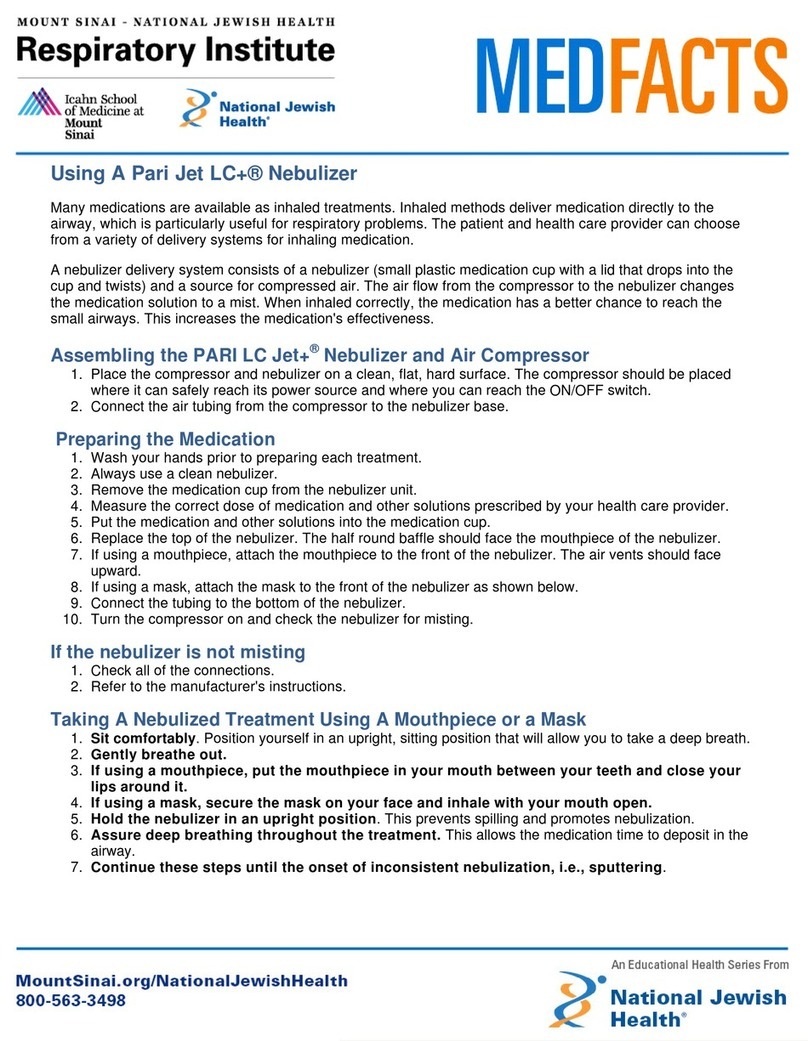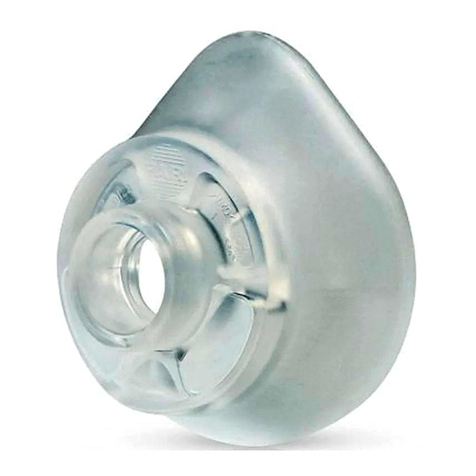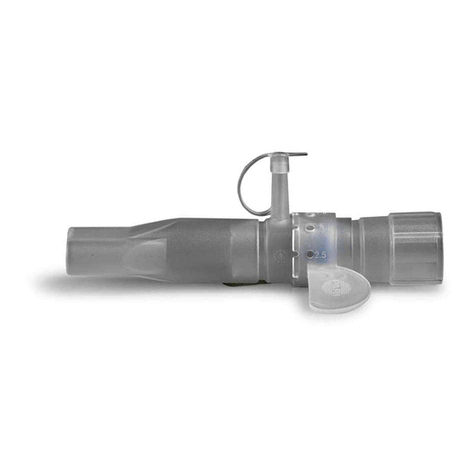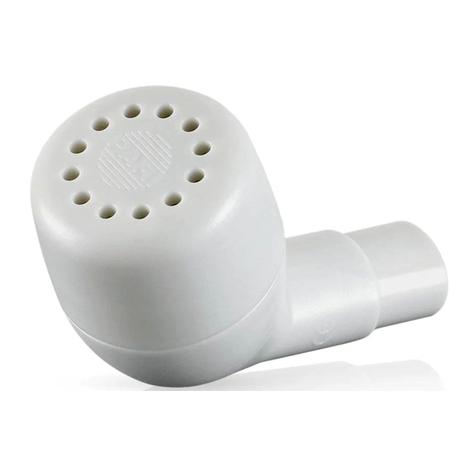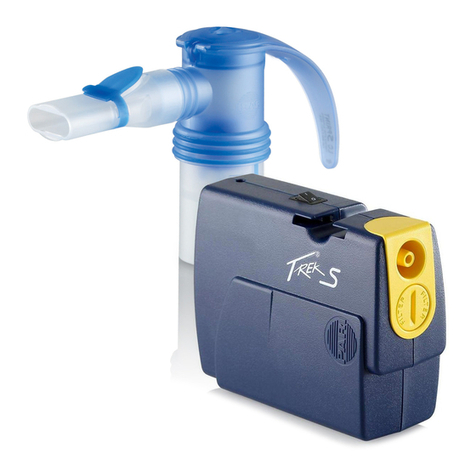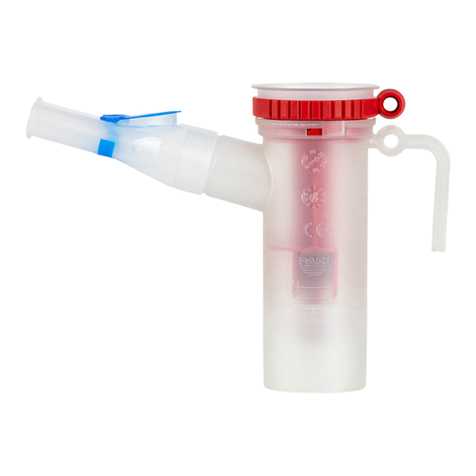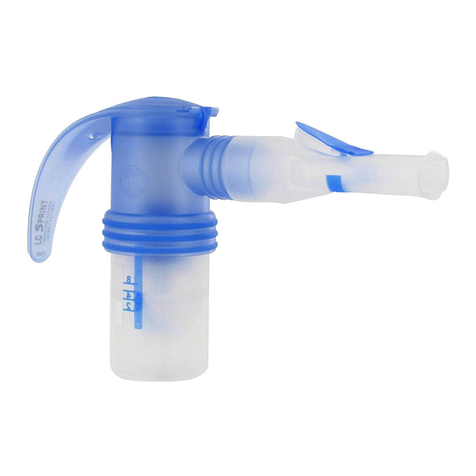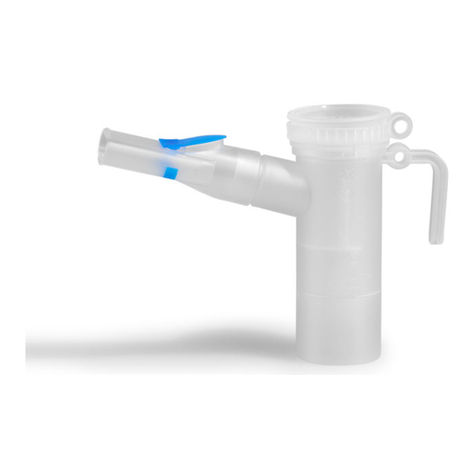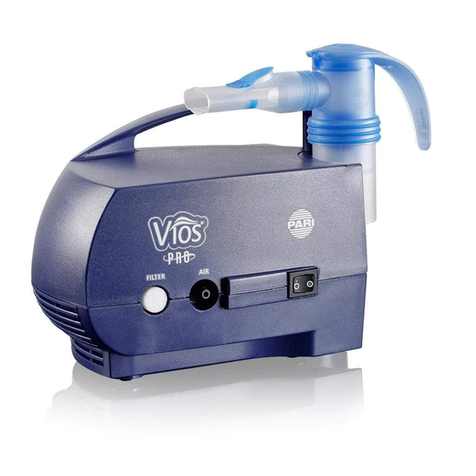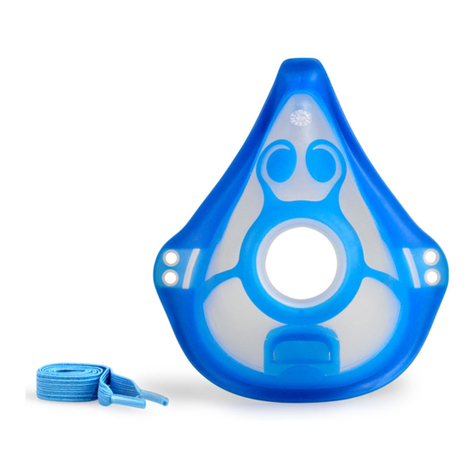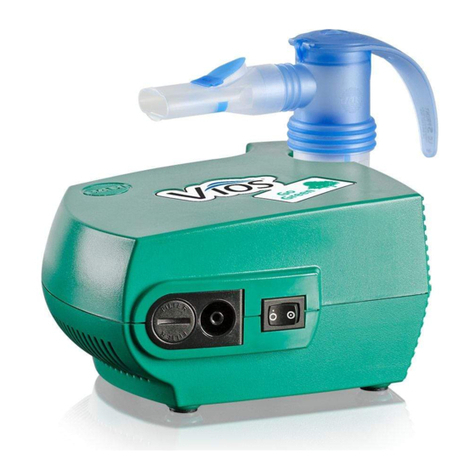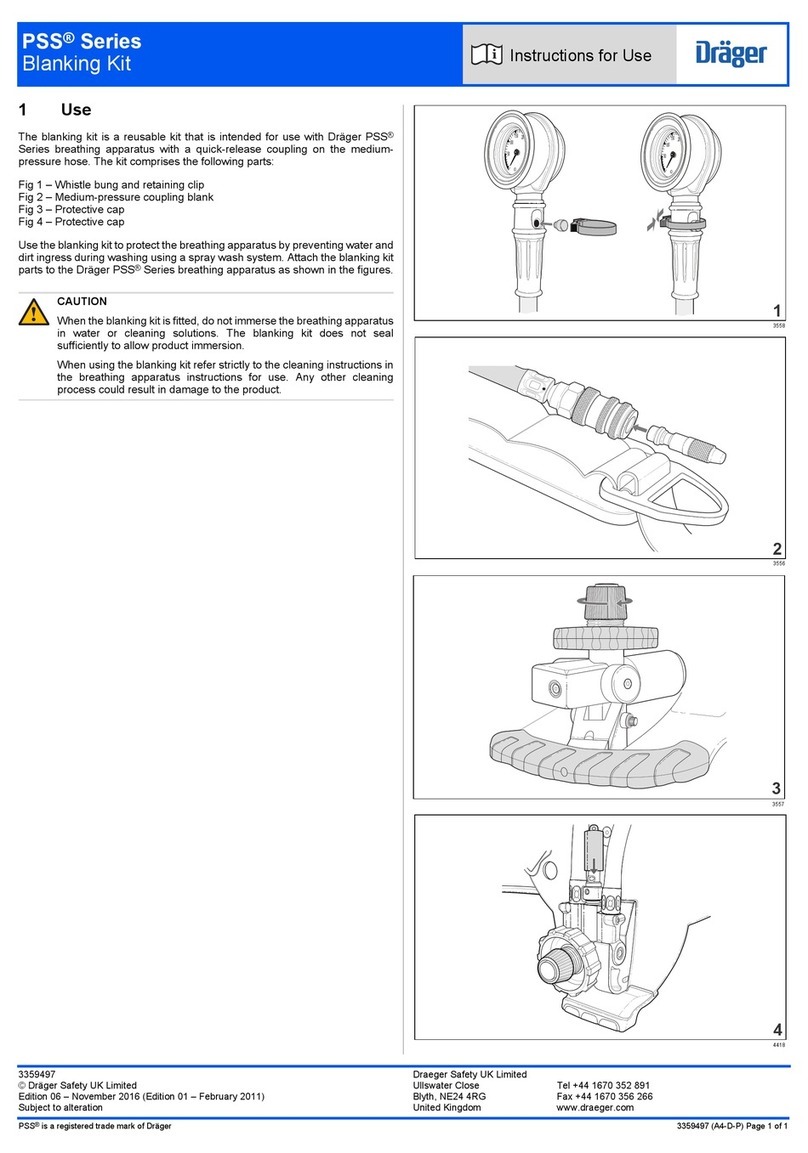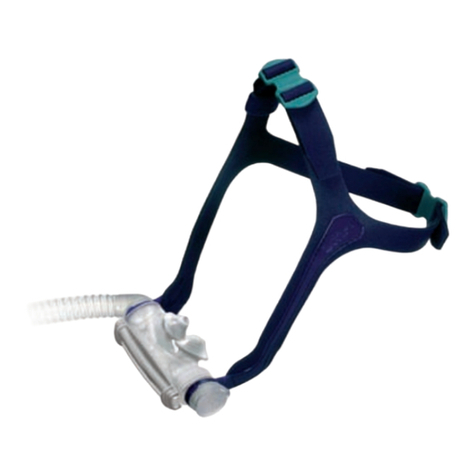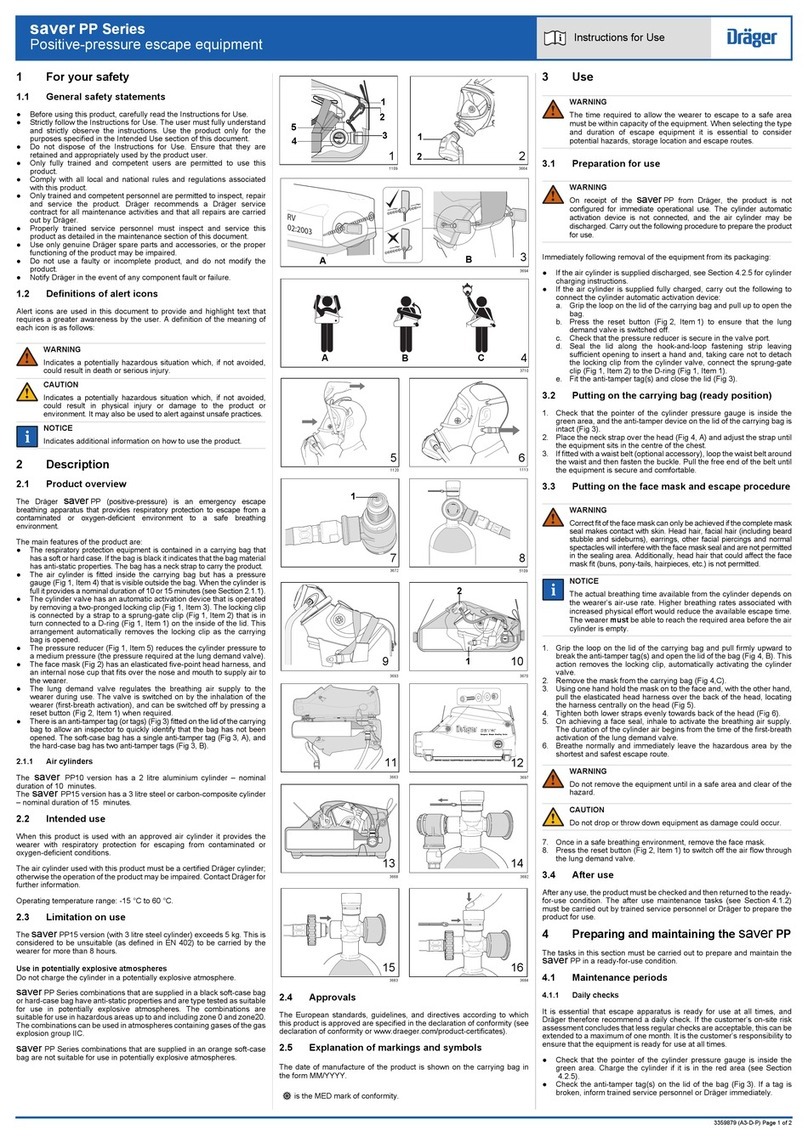1 IMPORTANT INFORMATION #3"
1.1 General #3"............................................................................................................
1.2 Information about the instructions for use #3"......................................................
1.3 Structure of safety instructions #3".......................................................................
1.4 Treatment of babies, children and anyone who requires assistance #3"...............
1.5 Hygiene #4"............................................................................................................
2 PRODUCT DESCRIPTION #4"
2.1 Components #4"....................................................................................................
2.2 Intended purpose #5"............................................................................................
2.3 Intended use #5"....................................................................................................
2.4 Contraindications #5"............................................................................................
2.5 Product variants and combinations #5".................................................................
2.6 Material information #5".........................................................................................
2.7 Operating life #6"...................................................................................................
3 INHALATION#6"
3.1 Assembling the nebuliser #6"..............................................................................
3.2 Filling with medication #7".....................................................................................
3.3 Performing the inhalation #8"................................................................................
4 CLEANING AND DISINFECTION AT HOME #9"
4.1 Preparation #9"......................................................................................................
4.2 Care of the connection tubing #9".........................................................................
4.3 Cleaning#9"............................................................................................................
4.4 Disinfection #10"....................................................................................................
4.5 Visual inspection #12"............................................................................................
4.6 Drying and storage #12"........................................................................................
5 MISCELLANEOUS #12"
5.1 Disposal #12".........................................................................................................
5.2 Technical data #12"................................................................................................
5.3 Explanation of symbols #13".................................................................................
5.4 Contact #13..........................................................................................................


